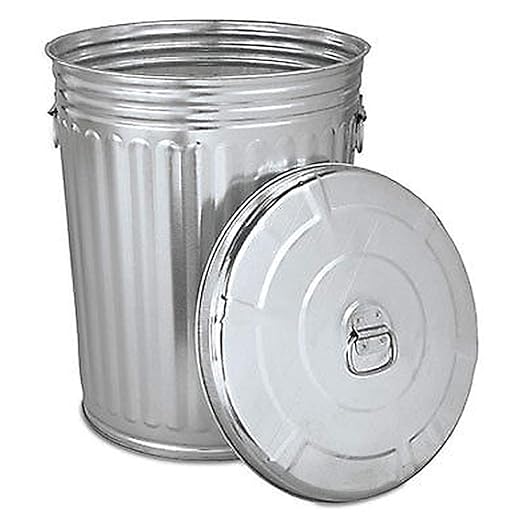EMPs (Electromagnetic Pulses) are bursts of electromagnetic energy that are strong enough to damage sensitive electronics and especially microprocessors. They can be caused by natural phenomena like lightning storms, solar flares and coronal mass ejections, or by man-made weapons like the detonation of a nuclear bomb.
EMPs can render useless anything controlled by microchips, from flashlights to motor vehicles to phones and computers.
In 1836, the English scientist Michael Faraday discovered that an enclosure, now called a Faraday Cage, made of conducting material could shield its contents from external electric charges and fields. He demonstrated that an electric charge on a conductor resides only on its exterior and has no influence on anything enclosed within it, provided the conductor is thick enough and any holes in the cage are significantly smaller than the wavelength of the radiation.

Make a Faraday Cage
Fortunately for us, it’s quite simple to make a Faraday Cage for home use.
Start with a trash can either made of aluminum or steel. You can find 20 gallon cans for about $80. Aluminum is a better conductor than steel and lighter, making the trash can easier to transport. A steel trash can, on the other hand is heavier but more durable. Both materials effectively redistribute electromagnetic charges.

Cover any holes (for instance, there may be small holes where the handles are built into the sides) with conducting metal tape on the inside and the outside of the trash can.
Use aluminum foil to line the rim of the trash can to ensure that the lid fits snugly without any leaks. Tape down the aluminum foil with metal tape.
Line the inside of the trash can with cardboard so as to further reduce the chance of electromagnetic energy reaching the contents through contact.
Check its Effectiveness
To test the effectiveness of your Faraday Cage, put your mobile phone inside and try to call it. You should be able to reach it with the lid off but not when the lid is on. You could also put in a radio and close the lid to see if it stops receiving a signal.
Even a small gap can allow electromagnetic energy in, so it’s essential to test.
My Faraday Cage
My 20 gallon trash can fits my solar battery, foldable solar panel, spare iPhone and charger, power tool charger, power drill, laptop and chargers with some room to spare.
